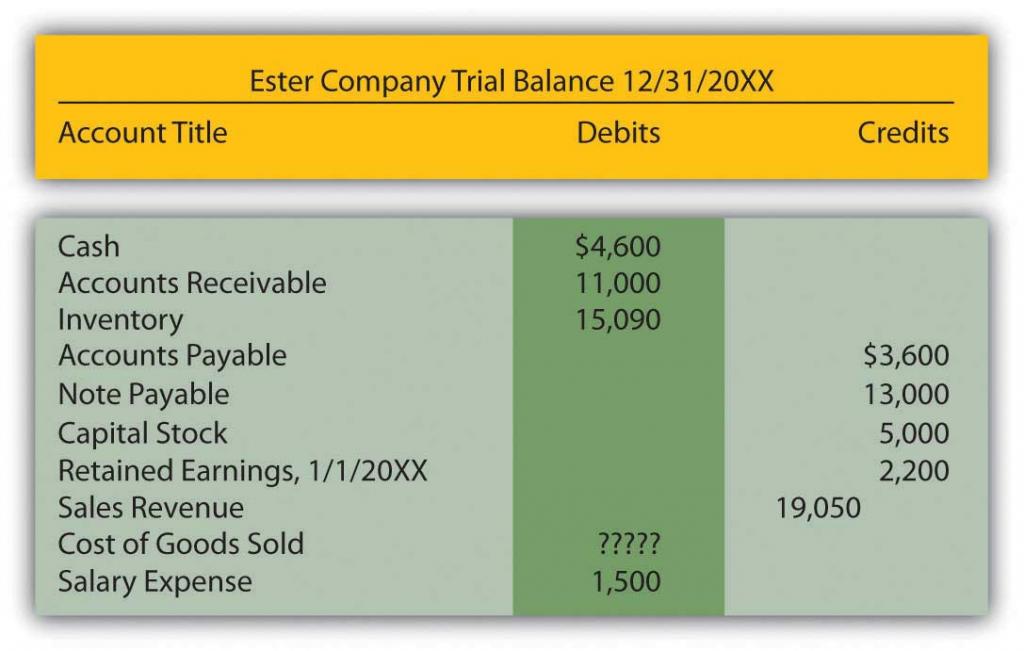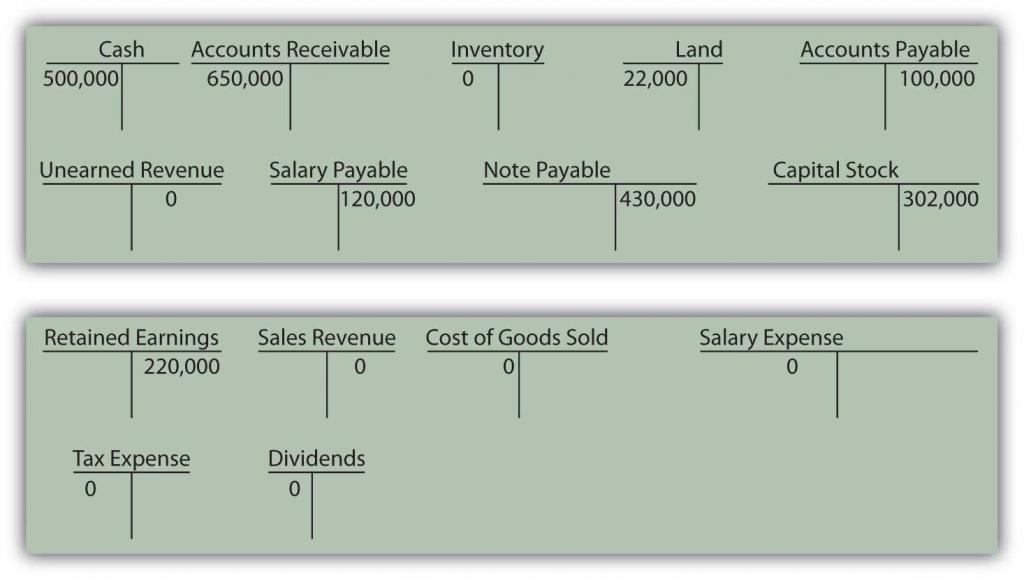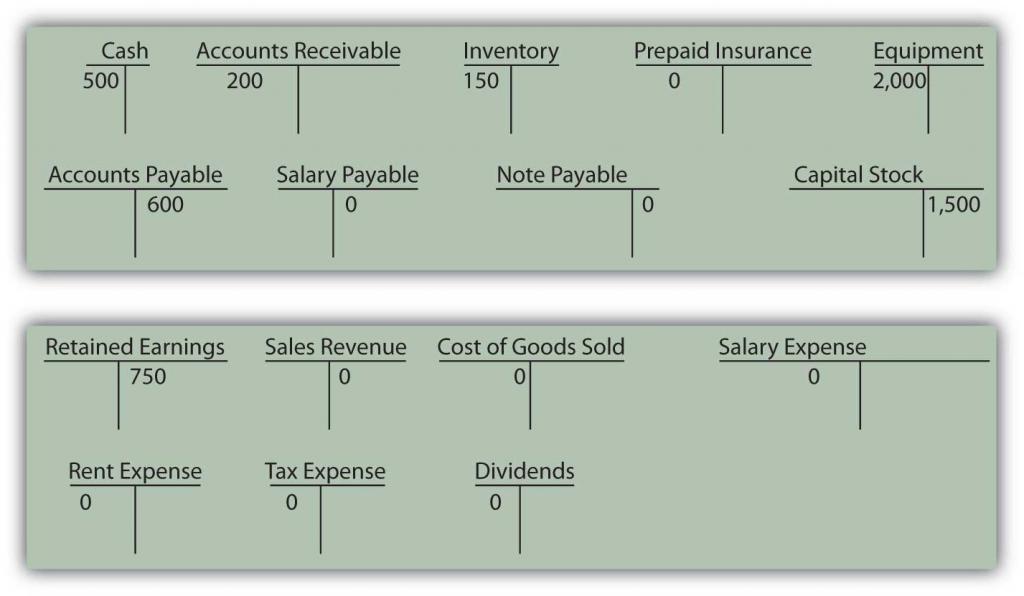4.6: End-of-Chapter Exercises
- Page ID
- 24766
\( \newcommand{\vecs}[1]{\overset { \scriptstyle \rightharpoonup} {\mathbf{#1}} } \) \( \newcommand{\vecd}[1]{\overset{-\!-\!\rightharpoonup}{\vphantom{a}\smash {#1}}} \)\(\newcommand{\id}{\mathrm{id}}\) \( \newcommand{\Span}{\mathrm{span}}\) \( \newcommand{\kernel}{\mathrm{null}\,}\) \( \newcommand{\range}{\mathrm{range}\,}\) \( \newcommand{\RealPart}{\mathrm{Re}}\) \( \newcommand{\ImaginaryPart}{\mathrm{Im}}\) \( \newcommand{\Argument}{\mathrm{Arg}}\) \( \newcommand{\norm}[1]{\| #1 \|}\) \( \newcommand{\inner}[2]{\langle #1, #2 \rangle}\) \( \newcommand{\Span}{\mathrm{span}}\) \(\newcommand{\id}{\mathrm{id}}\) \( \newcommand{\Span}{\mathrm{span}}\) \( \newcommand{\kernel}{\mathrm{null}\,}\) \( \newcommand{\range}{\mathrm{range}\,}\) \( \newcommand{\RealPart}{\mathrm{Re}}\) \( \newcommand{\ImaginaryPart}{\mathrm{Im}}\) \( \newcommand{\Argument}{\mathrm{Arg}}\) \( \newcommand{\norm}[1]{\| #1 \|}\) \( \newcommand{\inner}[2]{\langle #1, #2 \rangle}\) \( \newcommand{\Span}{\mathrm{span}}\)\(\newcommand{\AA}{\unicode[.8,0]{x212B}}\)
Questions
- What is a transaction?
- Where was the accounting system developed that is still used by businesses today?
- What is this system called?
- What are the four steps followed by accounting systems?
- By what is financial information accumulated?
- Define “T-account.”
- Which accounts are increased with a debit?
- Which accounts are increased with a credit?
- What is a journal in the accounting sense?
- What is a trial balance?
- Accrual accounting is composed of which two principles? Define each.
- Define “unearned revenue.”
True or False
- ____ Debits and credits must equal for every transaction.
- ____ A list of all recorded journal entries is maintained in the ledger.
- ____ Revenue may not be recorded until cash is collected.
- ____ A transaction is any event that has a financial impact on a company.
- ____ An expense account is increased with a credit.
- ____ Examples of accrued expenses include salary, rent, and interest.
- ____ Posting refers to process of recording journal entries.
- ____ A company must recognize an accrued expense as incurred.
- ____ The matching principle states that expenses should be recognized in the same period as the revenues they help generate.
- ____ Unearned revenue is a type of revenue account.
Multiple Choice
- Which of the following is not true about double-entry bookkeeping?
- It originated in Italy.
- Debits and credits must equal.
- It is still used today.
- An entry can have no more than one credit and one debit.
- Which of the following entries could Yeats Company not make when they perform a service for a client?
-
Figure 4.20

-
Figure 4.21

-
Figure 4.22

-
Figure 4.23

-
- Which of the following is a transaction for Tyler Corporation?
- Tyler pays its employees $400 for work done.
- Tyler considers renting office space that will cost $1,500 per month.
- Tyler agrees to perform services for a client, which will cost $7,000.
- Tyler places an order for supplies that will be delivered in two weeks. The supplies cost $200.
- Elenor Company sells 400 units of inventory for $40 each. The inventory originally cost Elenor $26 each. What is Elenor’s gross profit on this transaction?
- $16,000
- $10,400
- $ 5,600
- $ 9,600
- Which of the following increases with a debit?
- Retained earnings
- Sales revenue
- Inventory
- Note payable
- In January, Rollins Company is paid $500 by a client for work that Rollins will not begin until February. Which of the following is the correct journal entry for Rollins to make when the $500 is received?
-
Figure 4.24

-
Figure 4.25

-
Figure 4.26

-
Figure 4.27

-
Problems
- Record the following journal entries for Taylor Company for the month of March:
- Borrowed $4,500 from Local Bank and Trust
- Investors contributed $10,000 in cash for shares of stock
- Bought inventory costing $2,000 on credit
- Sold inventory that originally cost $400 for $600 on credit
- Purchased a new piece of equipment for $500 cash
- Collected $600 in cash from sale of inventory in (d) above
- Paid for inventory purchased in (c) above
- Paid $1,200 in cash for an insurance policy that covers the next year
- Employees earned $3,000 during the month but have not yet been paid
- Paid employees $2,900 for wages earned and recorded during February
- For each of the following transactions, determine if Raymond Corporation has earned revenue during the month of May and, if so, how much it has earned.
- Customers paid Raymond $1,500 for work Raymond will perform in June.
- Customers purchased $6,000 of inventory for which they have not yet paid.
- Raymond performed work for customers and was paid $3,400 in cash.
- Customers paid Raymond $2,300 for inventory purchased in April.
- Record the journal entries for number 2 above.
- Determine the missing account balance in the following trial balance:
Figure 4.28 Trial Balance—Ester Company

- State which balance, debit, or credit is normally held by the following accounts:
- Cash
- Dividends
- Notes payable
- Unearned revenue
- Cost of goods sold
- Prepaid rent
- Accounts receivable
- Capital stock
- Near the end of her freshman year at college, Heather Miller is faced with the decision of whether to get a summer job, go to summer school, or start a summer dress making business. Heather has had some experience designing and sewing and believes it might be the most lucrative of her summer alternatives. She starts “Sew Cool.”
- >During June, the first month of business, the following occur:
- Heather deposits $1,000 of her own money into Sew Cool’s checking account.
- Sew Cool purchases equipment for $1,000. The company signs a note payable for this purchase.
- Sew Cool purchases $1,000 in sewing supplies and material in cash.
- Sew Cool gives Heather’s parents a check for $80 for rent and utilities.
- Heather sews and sells twenty dresses during the month. Each dress has a price of $60. Cash is received for twelve of the dresses, with customers owing for the remaining eight.
- The dresses sold above cost $35 each to make.
- Sew Cool purchases advertising for $50 cash.
- Sew Cool pays Heather a cash dividend of $10 cash.
- Sew Cool’s taxes, paid in cash, amount to $87.
- Prepare journal entries for the above transactions.
- Prepare T-accounts for each account used.
- Prepare a trial balance for June.
- Bowling Corporation had the following transactions occur during February:
- Bowling purchased $450,000 in inventory on credit.
- Bowling received $13,000 in cash from customers for subscriptions that will not begin until the following month.
- Bowling signed a note from Midwest Bank for $67,000.
- Bowling sold all the inventory purchased in (a) above for $700,000 on account.
- Bowling paid employees $120,000 for services performed during January.
- Bowling purchased land for $56,000 in cash.
- Bowling received $650,000 in cash from customers paying off January’s accounts receivable.
- Bowling paid dividends to stockholders in the amount of $4,000.
- Bowling owes its employees $123,000 for work performed during February but not yet paid.
- Bowling paid $300,000 on its accounts payable.
- Bowling paid taxes in cash of $45,000.
- >Required:
- Prepare journal entries for the above transactions.
- Complete the T-accounts below. Numbers already under the accounts represent the prior balance in that account.
Figure 4.29 Opening T-Account Balances

- Prepare a trial balance for February.
- The following events occurred during the month of May for McLain Company.
- McLain sells 240 units for $20 each. McLain collects cash for 200 of these units. The units cost McLain $8 each to purchase.
- McLain purchases $1,800 worth of inventory on account.
- McLain collects $500 in cash on its A/R.
- McLain takes out a loan for $400.
- McLain pays out $350 cash in dividends.
- McLain receives a contribution of $600 from its owners.
- McLain purchased a new piece of equipment. The new equipment cost $1,000 and was paid for in cash.
- McLain pays $500 of its accounts payable.
- McLain incurs $500 in salaries expense, but will not pay workers until next month.
- McLain incurs $300 in rent expense and pays it in cash.
- McLain prepays $200 in cash for insurance.
- Taxes, paid in cash, are $110.
- >Required:
- Prepare journal entries for the above transactions.
- Complete the T-accounts below. Numbers already under the accounts represent the prior balance in that account.
Figure 4.30 Opening T-Account Balances

- Prepare a trial balance for May.


